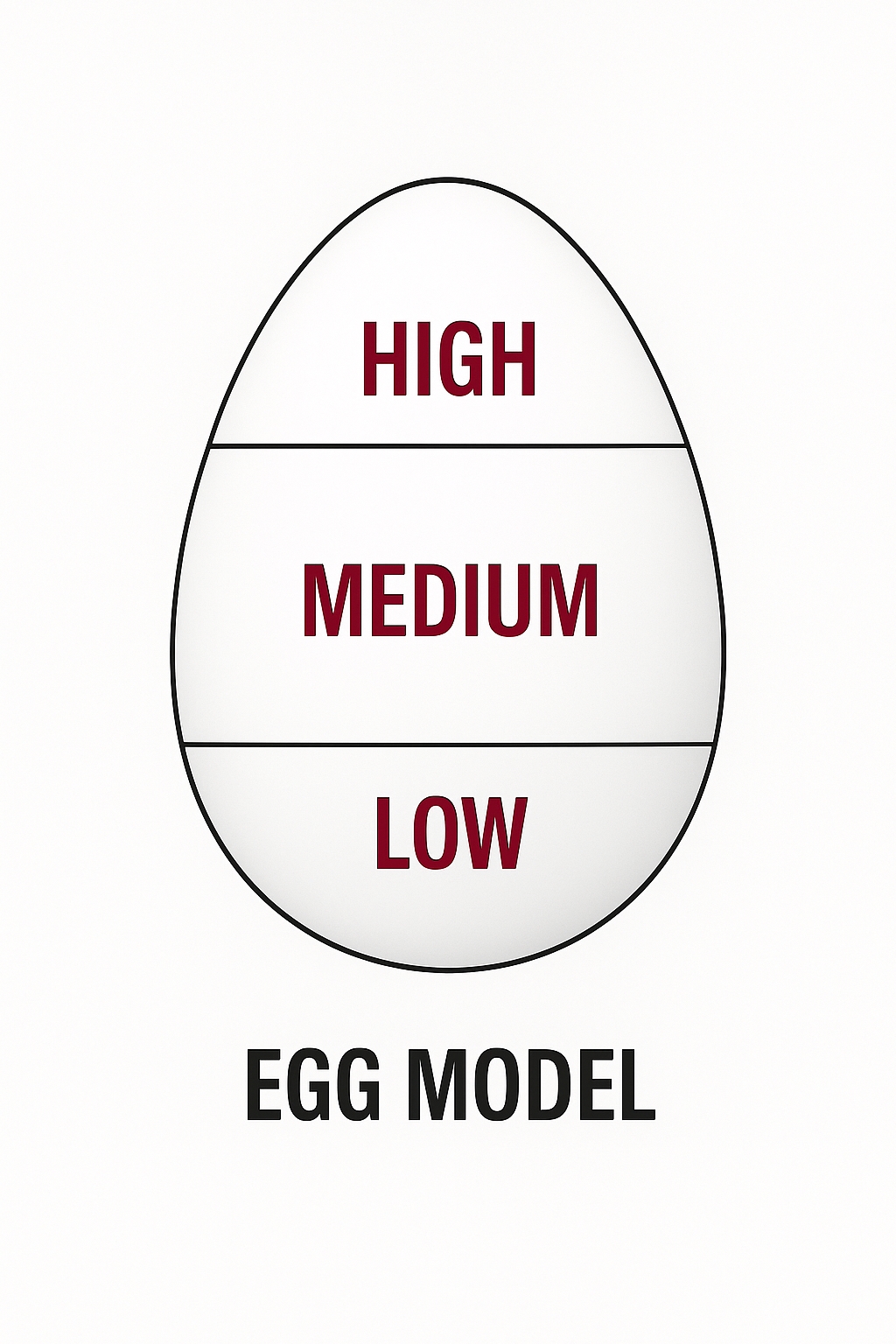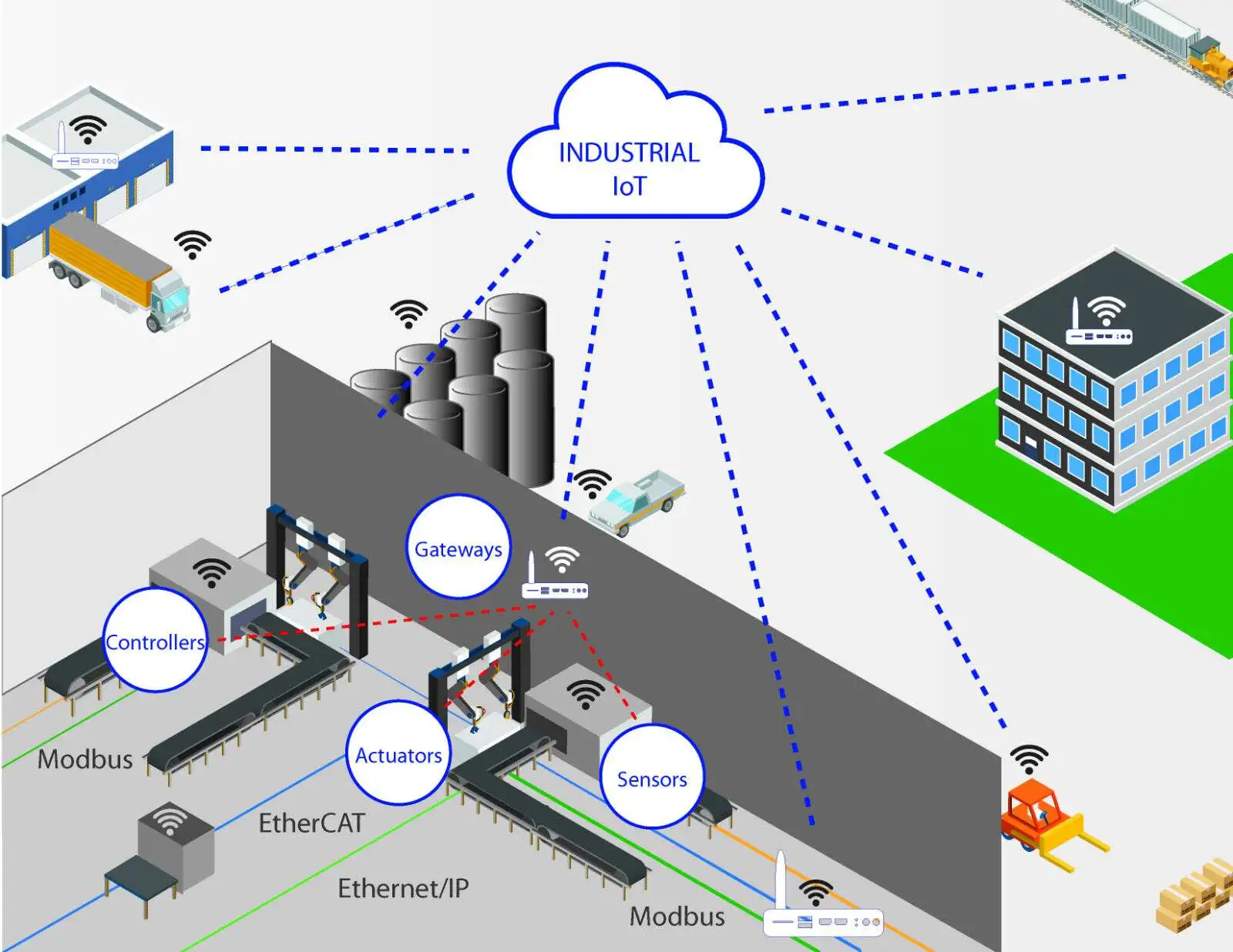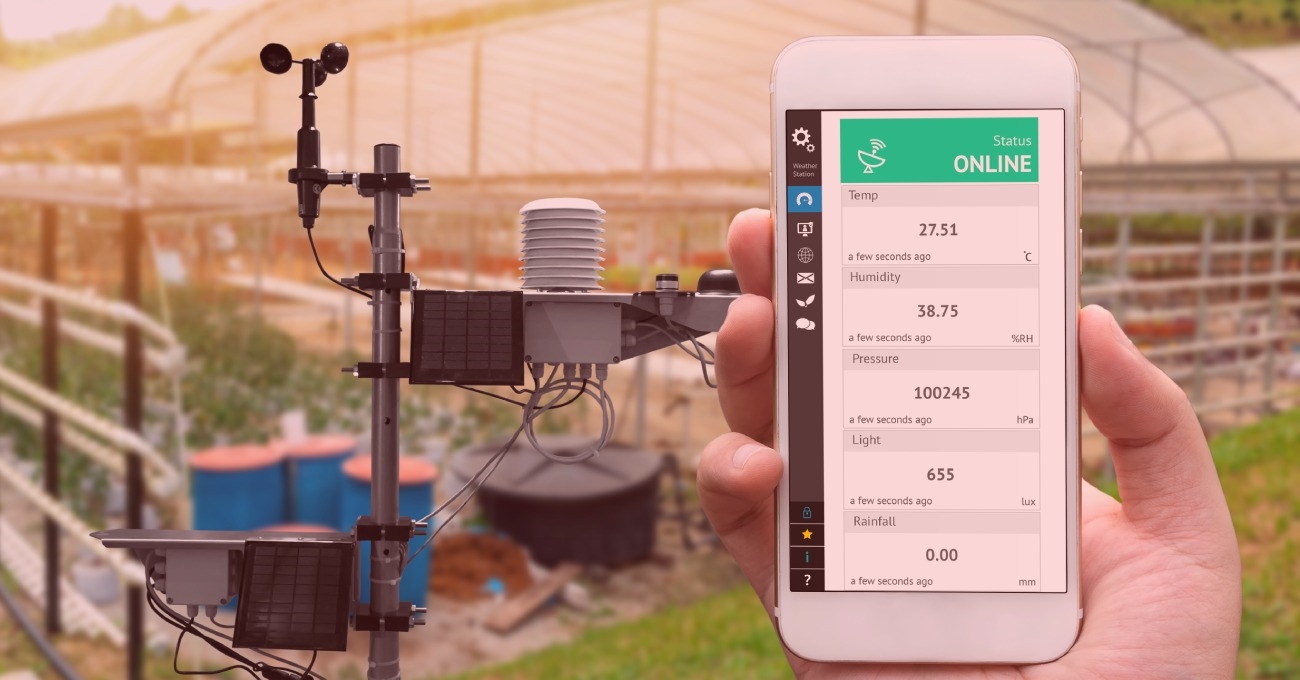The Internet of Things (IoT) connects physical objects to the internet, enabling communication between devices and humans. This article explores IoT's historical development and key technical characteristics.
What is IoT?
IoT refers to a network where physical objects are connected to the internet using devices like RFID, sensors, infrared detectors, GPS, and laser scanners. These devices follow agreed protocols to exchange information, enabling intelligent identification, location tracking, monitoring, and management. IoT is considered the third wave of the global information industry, following computers and the internet.
While the internet transformed industries¡ªe-commerce (e.g., Tmall, Taobao), travel (e.g., Ctrip), food delivery (e.g., Meituan), ride-hailing (e.g., Didi), and social platforms (e.g., WeChat)¡ªIoT extends this connectivity to all objects, creating vast opportunities for innovation.
History of IoT
The origins of IoT trace back to 1991 at Cambridge University¡¯s Trojan Room, where scientists developed a system to monitor a coffee pot remotely. A camera captured images of the pot at 180 frames per second, relaying them to lab computers. Later, the system was updated to stream at one frame per second over the internet, attracting nearly 2.4 million visitors to the "coffee pot" website. In 2001, the coffee pot was auctioned on eBay for $7,300. This experiment marked an early prototype of IoT.
In 1995, Bill Gates¡¯ book *The Road Ahead* envisioned a "connected things" future, describing a pocket-sized device storing data, sending emails, and displaying schedules¡ªforeshadowing smartphones. Gates also predicted virtual museum tours, now realized through virtual reality (VR).
The term "Internet of Things" was coined in 1999 by Kevin Ashton during a Procter & Gamble presentation. Ashton proposed connecting objects to the internet via RFID for intelligent management. His idea stemmed from a supply chain issue: a popular lipstick was frequently out of stock due to delayed inventory updates. Ashton embedded a radio chip in a lipstick tube and installed an antenna on a shelf, enabling real-time stock monitoring. This "storage system" laid the groundwork for IoT.
In 2005, the International Telecommunication Union (ITU) formalized the IoT concept in its report *ITU Internet Report 2005: The Internet of Things*, predicting a future where all objects could exchange data autonomously.
Since the 21st century, advancements in sensors, embedded systems, and internet infrastructure have positioned IoT as the third information revolution. Major industrialized nations have prioritized IoT in their strategic plans. In the Chinese market, IoT has seen steady growth, with a compound annual growth rate of 23.4% during the 13th Five-Year Plan (2016¨C2020). Growth accelerated in 2020 due to pandemic-driven digital transformation, though it slowed in 2022 amid global and domestic challenges.
Technical Features of IoT
IoT systems are structured in four layers: perception, transmission, platform, and application.
Perception Layer
The perception layer collects data from the physical world using chips, sensors, actuators, and modules.
Transmission Layer
This layer transmits data from the perception layer to the platform layer, primarily via wireless methods, including long-range and short-range communication.
Platform Layer
The platform layer processes and analyzes data, integrating inputs from the perception layer. It includes PaaS, AI platforms, and other capability platforms.
Application Layer
The application layer leverages platform data to address industry-specific challenges in areas like security, logistics, transportation, and home automation.
IoT¡¯s technical features can be summarized as:
- Comprehensive Perception: Using RFID, sensors, and QR codes to gather object data anytime, anywhere.
- Reliable Transmission: Integrating telecom networks and the internet for real-time, accurate data transfer, supported by standardized protocols and hardware/software conversions.
- Intelligent Processing: Leveraging cloud computing, fuzzy recognition, and AI to analyze massive datasets and control objects intelligently.
IoT Application Scenarios
IoT applications span six key scenarios:
- Home: Smart speakers, locks, cameras, and gateways.
- Industrial: Smart water/electricity meters and equipment monitors.
- Personal: Smart bands, watches, and student cards.
- Connected Vehicles: Vehicle safety devices.
- Community/Cluster: Smart parks and communities with smoke detectors, access control, and cameras.
- Low/Mid-Speed: Smart bicycles and charging stations.
Smart Logistics
Smart logistics integrates IoT with traditional logistics to enhance automation, visualization, and intelligence. It addresses high last-mile delivery costs and incomplete infrastructure by minimizing inefficient handling through IoT-enabled precision management.
The technical architecture includes:
- Perception Layer: Tracks goods.
- Network Layer: Facilitates data transfer.
- Application Layer: Executes real-time operations.
Logistics-specific components include warehouse automation, autonomous trucks, last-mile delivery, and smart lockers, supported by IoT, big data, and AI. The global smart logistics market is projected to exceed $1 trillion by 2025, driven by automation and robotics.
Smart Agriculture
Smart agriculture combines IoT and AI with traditional farming for precise, automated production. It focuses on planting and livestock, using a four-layer architecture:
- Perception Layer: Collects data on light, temperature, moisture, gases (planting), or CO2, ammonia, humidity (livestock).
- Network Layer: Transmits data via ZigBee, WiFi, LoRa, or NB-IoT.
- Platform Layer: Analyzes data using big data, cloud, and AI.
- Application Layer: Enables smart planting, livestock, aquaculture, traceability, and storage.
Smart Firefighting
Smart firefighting uses IoT, smart alerts, and big data to create a sensor network for real-time monitoring. Data is uploaded to a management platform, enabling visualized oversight and rapid response. The architecture includes application, platform, transmission, aggregation, and perception layers, streamlining disaster detection, alerts, and response to minimize losses.
IoT and Emerging Technologies
IoT + Blockchain
Blockchain enhances IoT by enabling secure, decentralized data sharing. It reduces verification and operational costs, protects privacy, and simplifies settlements via digital currencies. Benefits include:
- Lower verification costs through immutable records.
- Reduced management costs via peer-to-peer networks.
- Enhanced data security with distributed records.
- Streamlined billing with encrypted transactions.
IoT + AI
AI empowers IoT with intelligent processing, enabling edge decision-making, device collaboration, and cloud-enhanced analytics. Without AI, IoT risks data overload, potentially causing failures in critical systems like medical devices or autonomous vehicles.
IoT + AR
Augmented reality (AR) enhances IoT by providing intuitive data visualization and interaction. Applications include:
- Aircraft Maintenance: AR boosts efficiency (e.g., Boeing¡¯s 25% productivity gain).
- Remote Operations: Enables safe control in hazardous environments.
- Equipment Monitoring: Displays real-time parameters for inspections.
- Smart Cities: Visualizes infrastructure data for maintenance.
IoT, fueled by 5G, is evolving from bit-level to data-driven connectivity. Applications like smart homes, healthcare, VR, and autonomous vehicles are becoming reality, transforming the physical world into an intelligent, responsive network.
 ALLPCB
ALLPCB







